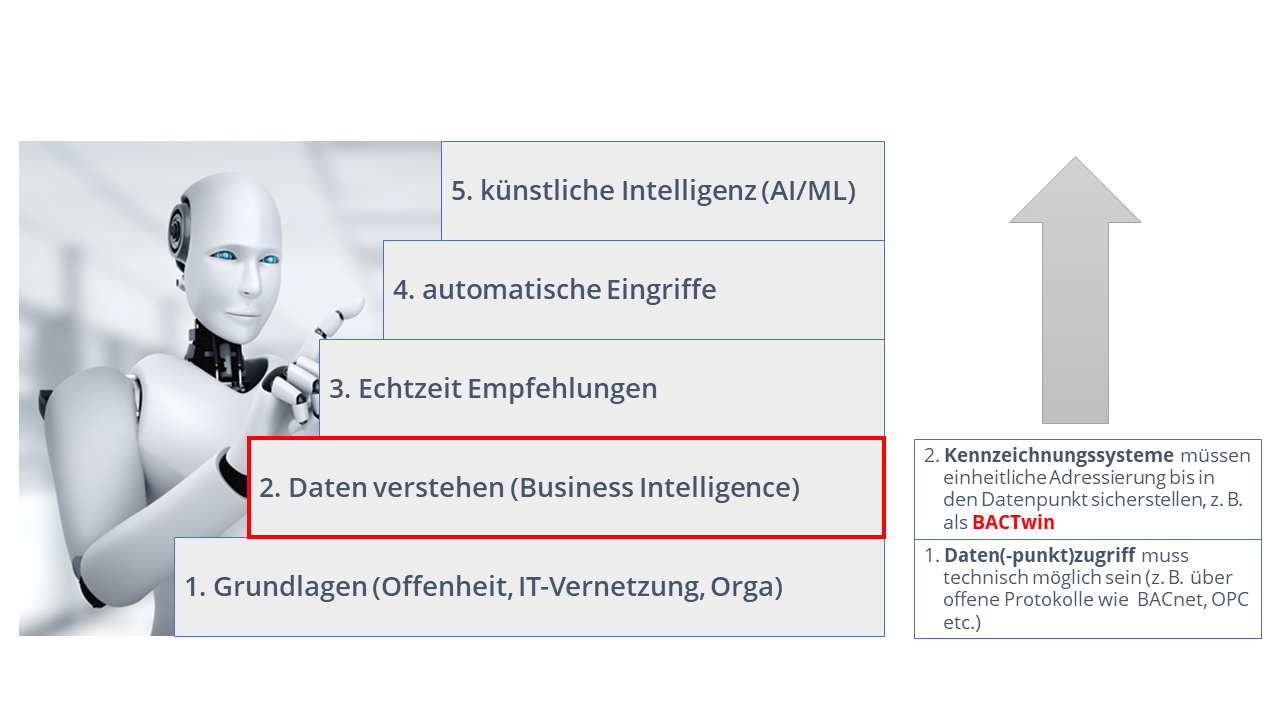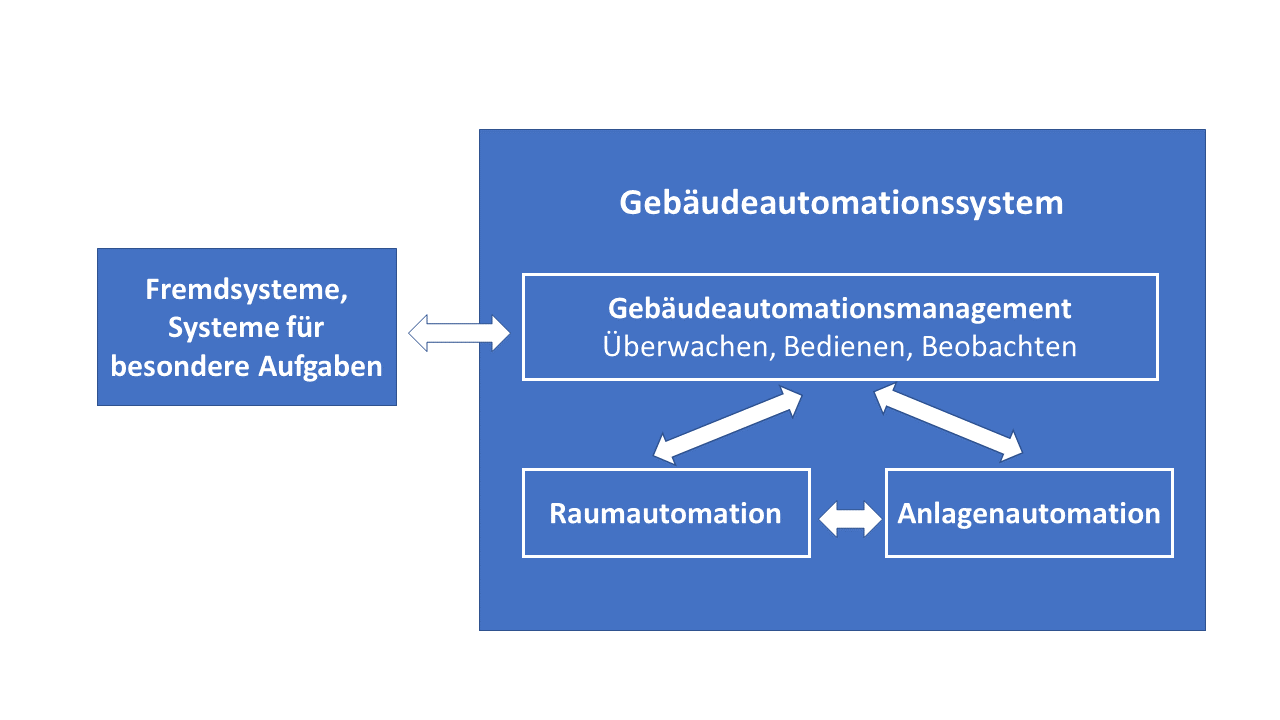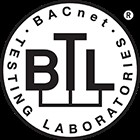am 14.07.2023 - 09:22 Uhr
Correctly, formulating BACtwin requirements requires a considerable amount of planning effort. However, this is more than offset by the associated efficiency gains. It can be observed that manufacturers of proprietary solutions struggle to deviate from established paths and expand their own solutions in favor of standardization for the benefit of building owners. However, the advantages of BACtwin for building owners in new construction, renovation, operation, and management are significant. Not only does BACtwin define requirements that need to be developed in any tender process anyway, but it also creates the basis for the digitization of processes related to facility and asset management.

Especially in order to achieve the energy efficiency goals of the Federal Government and the European Union, the contribution of building automation is indispensable - both for existing buildings and for new constructions. Energy-efficient building operation is therefore, alongside safety, comfort, and accessibility, a key objective of building automation.
In addition to laying the foundations for digitization, BACtwin also provides a significant cost advantage on the side of the Management and Operating Device (MBE) and the Energy Management System (EnMS). This is achieved through savings in setting up building automation management functions. According to calculations by ICONAG, these savings amount to up to 55% of the costs for a manufacturer-neutral Management and Operating Device (MBE) with an Energy Management System (EnMS).
Functions and Tasks of Building Automation Management
As the central tool of building automation management, the MBE not only ensures system operation but also management functions such as alarm and event management, scheduling management, trend management, audit trail, energy monitoring, and energy control. Its role as a data interface between building technology and external systems is also becoming increasingly important, particularly in the context of operational safety, energy efficiency (EU Taxonomy), profitability, and documentation requirements. Additionally, advantages in ESG reporting (Environmental Social Governance), IT system operation, and security should not be overlooked.
Thus, the MBE or Building Management System (BMS) becomes a technical foundation for the digitization of processes surrounding the facility and asset management of buildings. Through the interfaces of the MBE, ticketing systems, CAFM systems (Computer-Aided Facility Management), and ERP systems (Enterprise Resource Planning) can access building technology. The same applies to technical monitoring systems, analysis tools, business intelligence tools, reporting systems, and much more.

Figure 2: Structure of building automation according to VDI 3814 Sheet 1 "Building Automation"
Challenge Interface: Understanding Data For the data and functions of building automation systems to be usable, they must be interpretable. This applies to both accessing external systems and to the MBE functions themselves. A prerequisite for this is a uniform addressing system using a user address system, which is often simply referred to as Plant Identification Key (PIK). For example, if the addressing system developed under the auspices of the VDI and further developed by the Working Group for Mechanical and Electrical Engineering of State and Municipal Administrations (AMEV) is applied in BACtwin, the interface functions of the MBE are immediately available for communication with external systems after reading the data points from the BACnet systems.
Engineering Challenge: Effort for Manufacturer-Neutral Building Automation Management The total costs of building automation are approximately 93% for room and equipment automation and 7% for manufacturer-neutral building automation management including energy management (MBE and EnMS). The largest portion of MBE/EnMS costs, around 85%, consists of engineering costs.
Figure 3: Cost Share of Building Automation Management

The ICONAG MBE (Management and Operating Device) software has been certified as B-AWS (BACnet Advanced Workstation) according to the latest BACnet Revision 19.
Powered by ModuleStudio 1.3.2